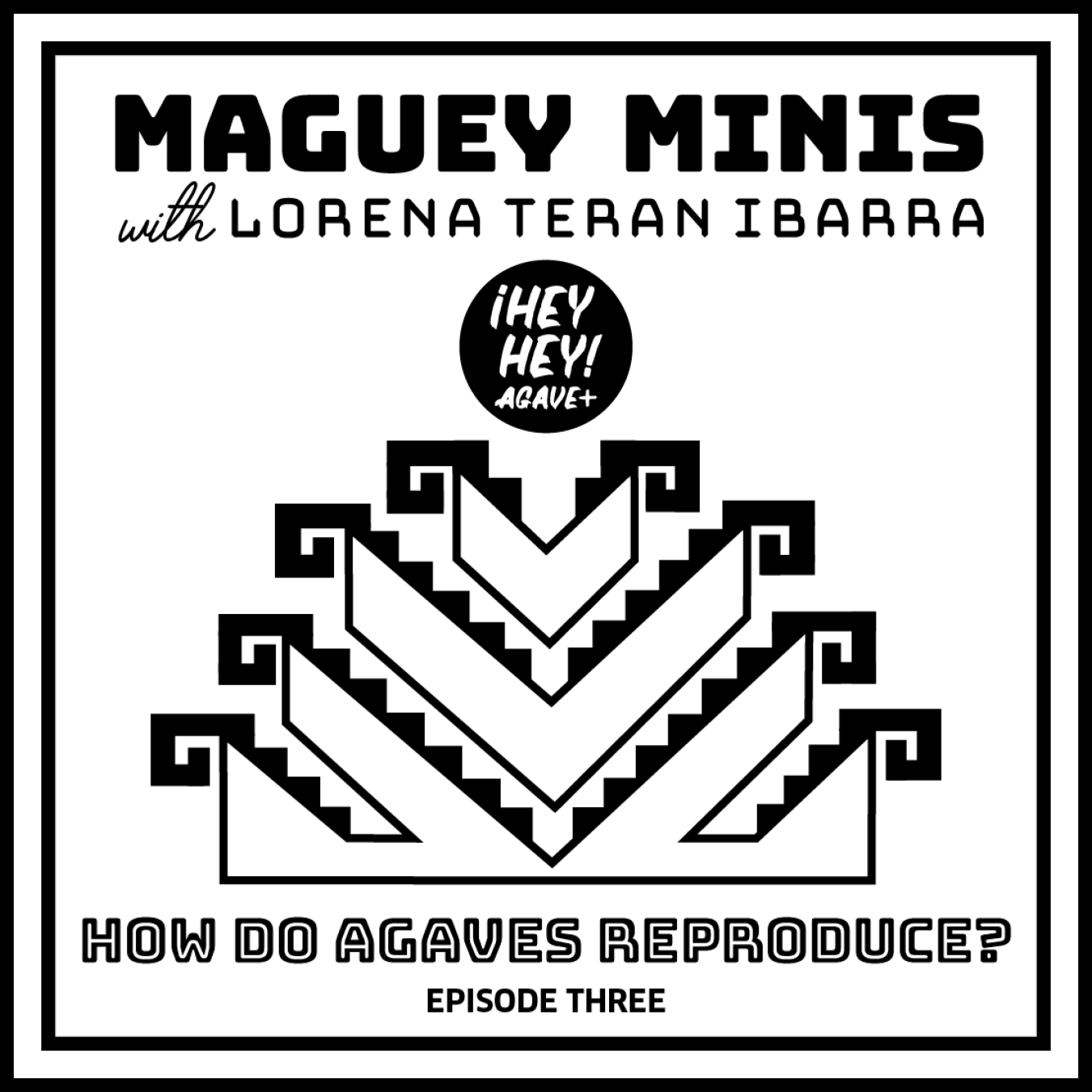Your Cart is Empty
free shipping $300+

6 + Rio Chenery
/ I wish more people knew about this beautiful thing
Rio Chenery is the producer and owner of Estancia Raicilla located in the town of La Estancia de Landeros in the state of Jalisco where they produce raicilla using the traditional production practices of the region.
Raicilla is a lesser know agave distillate, that for all intents and purposes is a mezcal.
Rio explains the production process in great detail. We discuss the Lechuguilla (little lettuce) agave. This agave is actually from two different species: Maximiliana and Inaequidens, which is a good example of how common names can get confusing really fast! These agaves mostly (but not always) propagate from seed - similar to the Cenizo in Durango. Rio predominantly uses the Maximiliana species. They also use adobe brick above ground ovens. Check out our Instagram to see videos of Rio and his crew loading the ovens!
Rio also gave us his thoughts about the recent negotiations to create a NOM for raicilla, a spirited and passionate forum between members of the Raicilla Council and the community (in attendance were reps from the Centro Universitario de Ciencias, Biologicas y Agropecuarias as well as mezcal producers from Oaxaca).
We were also joined by Tiffany Collings, Estancia’s NYC brand ambassador who shares her story of how she came to work with Estancia and how she introduces people to the distillate.
Born in Australia, Rio spent a good deal of time in Mexico visiting his maternal family. His grandfather instilled a great love for raicilla in Rio, it was always a part of family meals and celebrations. After studying international relations and commerce, Rio worked in advertising and start-ups in NYC before he founded his Taverna where he produces and bottles Estancia Raicilla.

1. Map of La Estancia and San Sebastian del Oeste, Jalisco, Mexico (link)

2. One of the properties where they harvest Maximiliana near the town of Volcanes in the Sierra Madre. The horses that are kept on this land like to eat the roots of the agave that are left after the piña is removed
3. The small stream that runs in the back of the distillery where they get the spring water for fermentation
4. The back of the distillery “El Remate”. Rio's red 1981 Ford truck is parked next to the oven where they unload the agave
5. Rio walking back from the stream, the fence of the Taverna is to the right

6. Freshly cut Maximiliana agave
7. Agave Maximiliana ready for oven loading. You will notice that they are cut in quarters. This is because the mamposteria (masonry) oven does not retain the same amount of heat as pit ovens. In order to cook the agave through, they must be cut smaller

8. A large pumpkin being roasted in the oven. A little hole is cut in the top of the pumpkin into which they put pilonsillo (hard brown sugar) and then roast it inside the oven for 20 minutes - Super tasty
9. Juan (master distiller) and Rio loading the front of the oven
10. Mash fermenting in the tinas
11. The tinas are covered with cotton cheesecloth to stop fruit flies and dust from getting inside

12. Rio checking the distillate strength with an alcometer
13. The distillate collecting into a glass jug
14. Rio dipping his hand into the condenser. He was demonstrating that the water is hot on the top, but if you put your hand further down it is nice and cool. They pipe the cool water in from the bottom of the barrel and the hot water is siphoned off from the top
15. The copper “Gallo” that allows them to measure the strength of the distillate with an alcometer

16. The team after loading the oven - from left Riego, Alfredo (master distiller), Juan Ramos (master distiller), Rio, Humberto, Margarito Alvarez
17. Estancia Raicilla
+ All images courtesy of Rio Chenery / Photography by Marley Rizzuti


